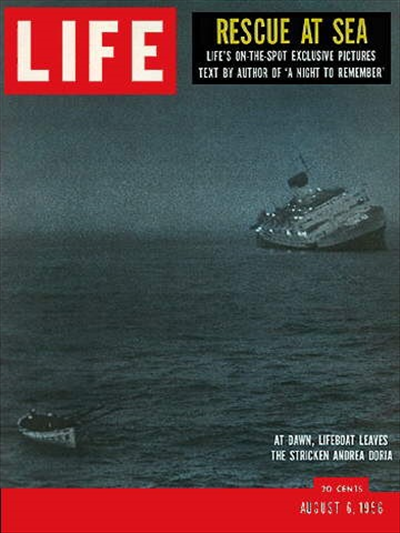“Dream with Clam-Diggers”: A Sinking Feeling

Over those first six months of marriage with Hughes, Plath told her mother that she was writing new “happy” poems glorifying her love with Ted. The poems she listed were “Two Sisters of Persephone,” “Metamorphosis,” “Wreath for a Bridal,” “Strumpet Song,” “Dream with Clam-Diggers,” and “Epitaph for Fire and Flower.” It is curious that Plath […]
“Spinster”: Unlovable Imperialism

Pictured: French police attack Algerian protesters in Paris, 1956 The image of the spinster was a popular one in the movies during the 1940s and ‘50s, and the character was often pictured pining over a dead soldier boyfriend whose picture was on the mantel. In 1942, Bette Davis had starred as spinster Charlotte Vale in the film […]
“Tinker Jack and the Tidy Wives”: Turkeyneck, Travellers and Miss LaTrobe

Pictured: Marilyn Monroe, before and after plastic surgery, mid-1950s The shallowness of plastic surgery, in Hollywood and otherwise, seems to have also bothered Plath, as we see in poems such as “Tinker Jack and the Tidy Wives,” written June 7, 1956, with the assumption that one “hag” can be either restored with a face lift, […]
“Southern Sunrise”: a Political Potboiler

Pictured: Israel’s Coat of Arms Plath’s “Southern Sunrise,” is widely believed to be about Benidorm’s Bay in Spain.[1] However, the Benidorm region has no bay associated with an angel name. The poem “Southern Sunrise” is a better fit to “Angels’ Bay,” the “Baie des Anges” in the French Riviera. In January of 1956, Plath sent […]
“Prospect”: Dr. Death

“Prospect” is an interesting short poem that seems to address the fraudster and suspected serial killer, Doctor John Bodkin Adams. Adams lived in Eastbourne, Sussex, a town of “orange-tile rooftops / and chimney pots” on the coastal area known as Beachy Head, where “the fen fog slips” (CP, 28). Dreadnought clay roof tiles, dreadnought meaning […]
“Resolve”: Battling the Invisible

Pictured: A double-decker bus in downtown London, December 1956 Scholar Nancy D. Hargrove dates Plath’s “Resolve” to be written in November or December of 1956. On December 19, 1956, a thick fog was the BBC News headline, causing death on the roads, railway, ship, air and postal delays (“unserviceable”) (CP, 52). The dirty fog (smog) […]
“Letter to a Purist”: Shaking Up Virginal Vernacular

Plath’s “Letter to a Purist” has been dated November 19, 1956 by scholar Nancy D. Hargrove. In the poem, Plath references the giant statue, Colossus of Rhodes, one of the seven wonders of the ancient world (CP, 36). The “Cloud-cuckoo” is a reference to Aristophanes, and this phrase is also seen in her 1958 poem, […]
“Soliloquy of the Solipsist”: Tyranny Talking to Itself

Given her interest in world events, Plath’s “Soliloquy of the Solipsist” appears to be her jab at Communism. This time, the military action was in Poland. In June of 1956, the Poznań Revolt had taken place in Plath’s father’s hometown. Scholar Nancy D. Hargrove dates “Soliloquy of the Solipsist” as having been written on November […]
“Black Rook in Rainy Weather”: Crowing Over Hubris

Life Magazine photo of Britain’s Prime Minister, Anthony Eden In 1956, British Prime Minister Anthony Eden’s career had taken a dive over the Suez Crisis and his underestimation of opposition to attack by the United States. Eden was one of the least liked and least successful leaders in British politics, and Plath likened him to […]
“Vanity Fair”: Waging War Against the Idiot Box

“Vanity Fair” appears to have been written on October 28, 1956, judging from Plath’s pocket diary. “Vanity Fair” is Plath’s poke at the television sitcoms and soap operas such as The Grove Family in the UK, and As the World Turns in the United States, which were both becoming popular at the time. In 1956, […]
